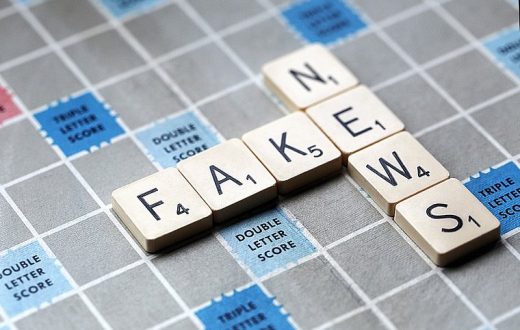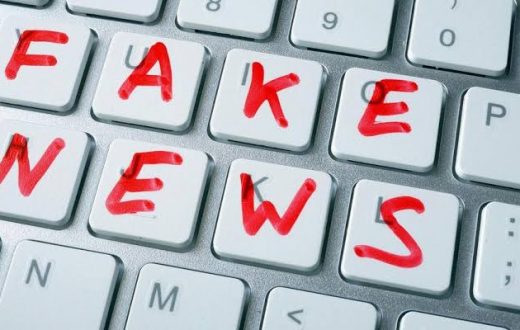It can definitely be said that today’s social media is the best tool for creating, spreading and growing disinformation to confuse and manipulate targeted individuals or groups. Spreading disinformation is a great social problem during crisis. One of the latest cases is Coronavirus when so much disinformation appeared stirring public discussion and even causing panic. This disinformation was spread by different groups and individuals who had different goals, but all of them have one thing in common and that is to mislead. Misleading information isn’t something new. There have been many cases of misleading information throughout history. This tactic has been used by rulers, governments, intelligence organizations, and other individuals and groups.
Spreading disinformation on social media has become so complex that is hard to determine who are the adversaries and do they have hidden agendas. It’s a real challenge for each side to identify vulnerabilities and weaknesses. The “attackers” are researching all possible blind spots and biases and selecting which ones to use against their adversaries. So, social media offers a great selection of means to accomplish the goal and that is to influence a certain behavior of the target group. In this context, tech companies are largely responsible when it comes to spreading disinformation, primarily from the management of social media companies. Different social media companies use different mechanisms to fight the principal goal of disinformation – confuse, divide, suppress and erode. So, some of them ban a certain type of online discourse, some not. But, all of them decide what’s allowed in online political discourse. Fake news, conspiracy theories, doctored images – everything is used to accomplish the main goal.
Disinformation is the weapon of digital war and social networks are the main “area” where that war is fought. There are many actors that participate in this war. First, nation-states that are influenced, governments that influence and are influenced by their adversaries and other groups, NGOs, government groups and, finally, citizens who are exposed the most because most of them have and use at least one social media profile. So, digital war is very efficient and cheap. The only weapon is psychological, propaganda. This propaganda is more or less aggressive, depending upon the source. So, there are strong headlines and articles aimed towards someone or something, but also, there are more subtle messages.
No matter if the campaign is aggressive or not, an individual, group or an organization uses these campaigns to interfere in the affairs of the adversary. So, it definitely makes a democracy fragile. The best example is the European Union which needs to respond to these attacks in the right way and whose democracy needs to strengthen.
So, examining closer the present situation, it can be said that social media contains so much different information and sources. Many of them lack accuracy. Many people still don’t verify information and don’t check facts, so there is definitely a need for a better, stronger fighting plan against disinformation. The other interesting thing is that these campaigns can very cheaply and effectively have cultural influence, especially on nations and states. One state can view the other very wrongly and that can alter their relations, especially economic and other types of cooperation.



